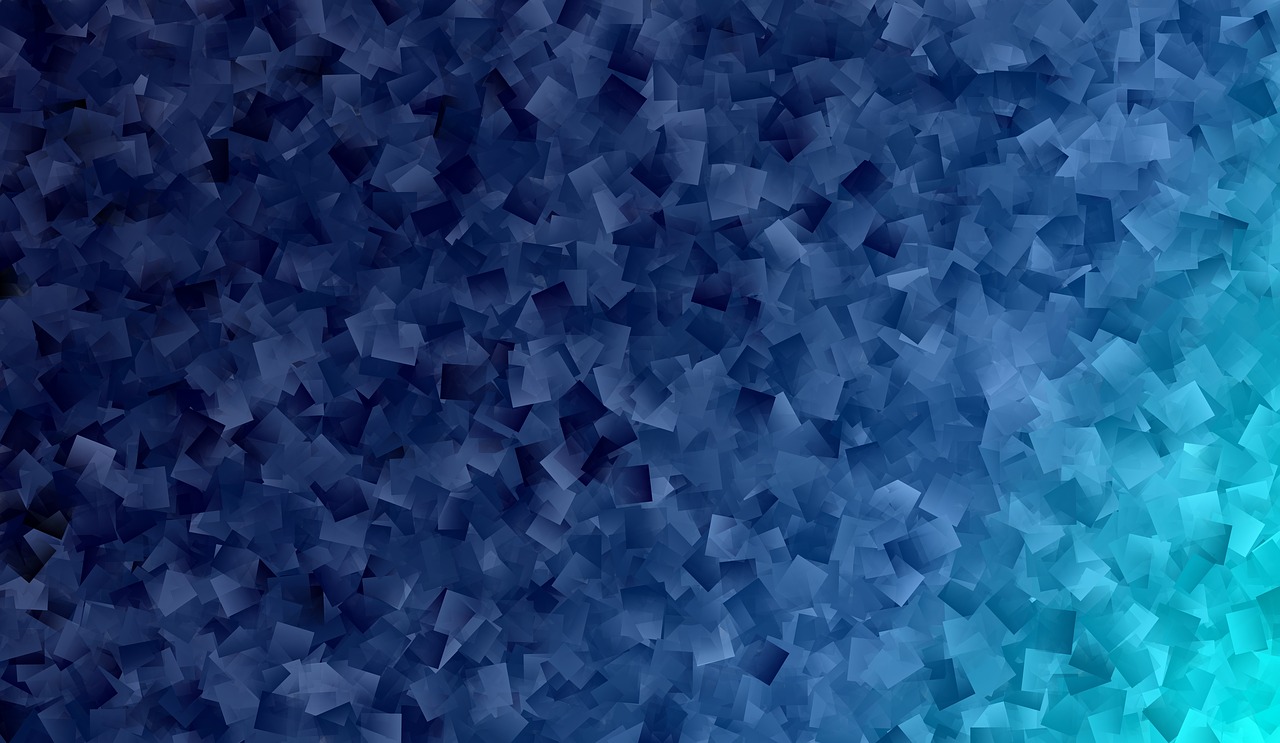Morphological operations are a set of operations that process images based on shapes. They apply a structuring element to an input image and generate an output image.
The most basic morphological operations are two: Erosion and Dilation
Basics of Erosion:
- Erodes away the boundaries of foreground object
- Used to diminish the features of an image.
Working of erosion:
- A kernel(a matrix of odd size(3,5,7) is convolved with the image.
- A pixel in the original image (either 1 or 0) will be considered 1 only if all the pixels under the kernel is 1, otherwise it is eroded (made to zero).
- Thus all the pixels near boundary will be discarded depending upon the size of kernel.
- So the thickness or size of the foreground object decreases or simply white region decreases in the image.
Working of dilation:
- A kernel(a matrix of odd size(3,5,7) is convolved with the image
- A pixel element in the original image is ‘1’ if atleast one pixel under the kernel is ‘1’.
- It increases the white region in the image or size of foreground object increases
# Python program to demonstrate erosion and dilation of images.
import cv2
import numpy as np
# Reading the input image
img =cv2.imread('input.png', 0)
# Taking a matrix of size 5 as the kernel
kernel =np.ones((5,5), np.uint8)
# The first parameter is the original image,
# kernel is the matrix with which image is convolved
# third parameter is the number of iterations, which will determine how much
# you want to erode/dilate a given image.
img_erosion =cv2.erode(img, kernel, iterations=1)
img_dilation =cv2.dilate(img, kernel, iterations=1)
cv2.imshow('Input Image', img)
cv2.imshow('Erosion Image', img_erosion)
cv2.imshow('Dilation Image', img_dilation)
cv2.waitKey(0)
cv2.destroyAllWindows()
Output
Original Image
 Erosion Image
Erosion Image
 Dilation Image
Dilation Image

Uses of Erosion and Dilation:
- Erosion:
- It is useful for removing small white noises.
- Used to detach two connected objects etc.
- Dilation:
- In cases like noise removal, erosion is followed by dilation. Because, erosion removes white noises, but it also shrinks our object. So we dilate it. Since noise is gone, they won’t come back, but our object area increases.
- It is also useful in joining broken parts of an object.
Lab Assignment:
Python program to demonstrate erosion and dilation of an image


 Erosion Image
Erosion Image Dilation Image
Dilation Image